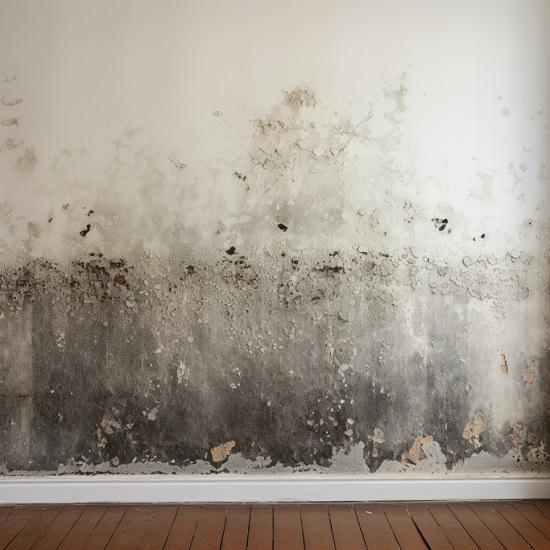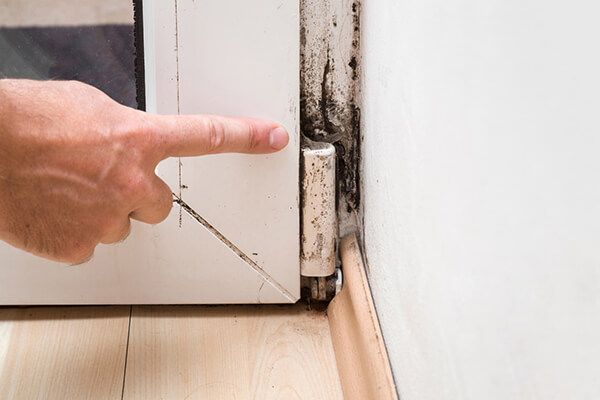Accessing Local Post Remediation Mold Testing Near Me
Accessing Local Post Remediation Mold Testing Near Me
Blog Article
Effective Blog Post Mold And Mildew Removal Solutions for Your Home
Mold and mildew growth in homes can be a consistent concern, typically needing an organized technique for efficient post-remediation services. From understanding the elements that add to mold and mildew growth to executing appropriate cleansing strategies and dampness control measures, the procedure can be elaborate yet important for maintaining a healthy living environment. After mold remediation.
Comprehending Mold And Mildew Growth Elements
The primary element contributing to mold and mildew growth is moisture. Mold spores need moisture to prosper and germinate, making moist or damp settings highly vulnerable to mold and mildew problems.

Moreover, air flow and light exposure can impact mold and mildew growth. Locations that do not have correct ventilation and natural light are a lot more vulnerable to mold advancement. By resolving these elements comprehensively, people can successfully alleviate mold growth and guard their living atmospheres.
Proper Mold And Mildew Cleaning Strategies
Using reliable cleaning approaches is important in stopping the reappearance and dealing with of mold contamination in indoor atmospheres. When managing mold and mildew, it is essential to focus on safety and security by using safety equipment such as goggles, masks, and gloves. The first step in appropriate mold and mildew cleansing is to have the damaged area to avoid the spread of spores to uncontaminated locations. This can be achieved by securing off the space and utilizing air scrubbers or unfavorable air equipments to maintain air top quality.

Carrying Out Moisture Control Measures
To properly avoid mold development and contamination in interior settings, applying dampness control procedures is extremely important. Additionally, making certain proper ventilation in locations vulnerable to moisture accumulation, such as kitchens and bathrooms, can aid decrease the threat of mold growth. By carefully executing these wetness control procedures, house owners can successfully decrease the likelihood of mold and mildew recontamination and keep a healthy indoor environment.
Utilizing Natural Remediation Solutions
After successfully implementing dampness control procedures to avoid mold and mildew growth in indoor atmospheres, homeowners can currently check out the effectiveness of natural removal services in maintaining a healthy and balanced living space. Natural removal options make use of eco-friendly approaches to battle mold and mildew and mold removal rv mildew, making them a popular selection for those looking for non-toxic choices. One such service is utilizing vinegar, a natural antimicrobial representative, to clean and disinfect surface areas contaminated by mold and mildew. Simply weaken vinegar with water and spray it onto the affected areas, permitting it to sit for a few hours prior to wiping clean. Furthermore, tea tree oil, recognized for its antifungal residential properties, can be blended with water and splashed onto mold-infested surface areas to prevent more growth. Another natural option is hydrogen peroxide, which can efficiently kill mold and mildew on various surfaces without leaving hazardous residues behind. By including these natural remediation options into their cleaning routines, property owners can efficiently deal with mold growth while promoting a healthier interior setting for themselves and their family members.

Keeping a Mold-Free Environment
In order to protect against mold reappearance and guarantee a regularly mold-free environment, it is necessary for property owners to implement positive upkeep techniques. On a regular basis inspecting locations prone to mold and mildew growth, such as washrooms, attic rooms, kitchens, and basements, is essential. Addressing any kind of click reference leaks, water click reference damage, or excess moisture quickly can significantly decrease the risk of mold advancement. what to do after mold remediation. Correct air flow in locations with high moisture levels is likewise crucial to avoiding mold and mildew development. Utilizing dehumidifiers or exhaust followers can help keep ideal moisture levels and discourage mold and mildew spores from flourishing.
In addition, preserving sanitation in the home is important for mold and mildew avoidance. Maintaining indoor plants in check and making sure proper drainage in outside landscape design can decrease dampness build-up, reducing the likelihood of mold invasions.
Verdict
Finally, it is necessary to attend to mold development elements, make use of appropriate cleansing strategies, execute dampness control procedures, utilize all-natural removal services, and keep a mold-free environment in order to efficiently manage message mold and mildew remediation in your house - Post Mold Remediation Report. By adhering to these strategies, you can stop mold and mildew from reoccuring and ensure a healthy living atmosphere for you and your household
The key element contributing to mold growth is dampness. Mold and mildew spores call for dampness to sprout and grow, making damp or moist settings very prone to mold and mildew infestations.To effectively avoid mold growth and contamination in indoor atmospheres, applying wetness control procedures is vital. Furthermore, making certain correct air flow in locations susceptible to moisture accumulation, such as shower rooms and kitchen areas, can help lower the danger of mold growth.After efficiently applying moisture control actions to stop mold growth in interior atmospheres, property owners can now explore the performance of all-natural remediation remedies in preserving a healthy and balanced living area.
Report this page